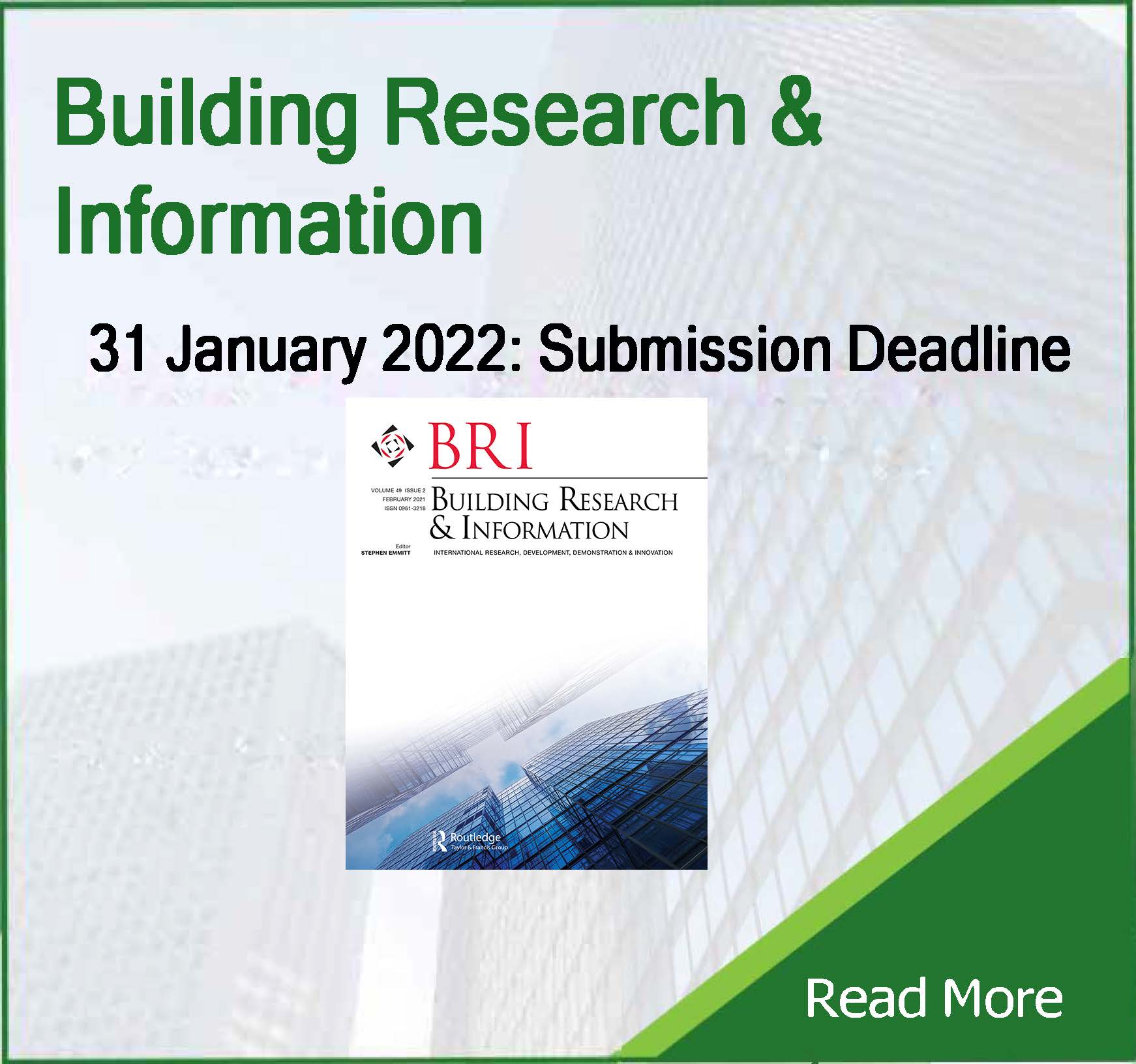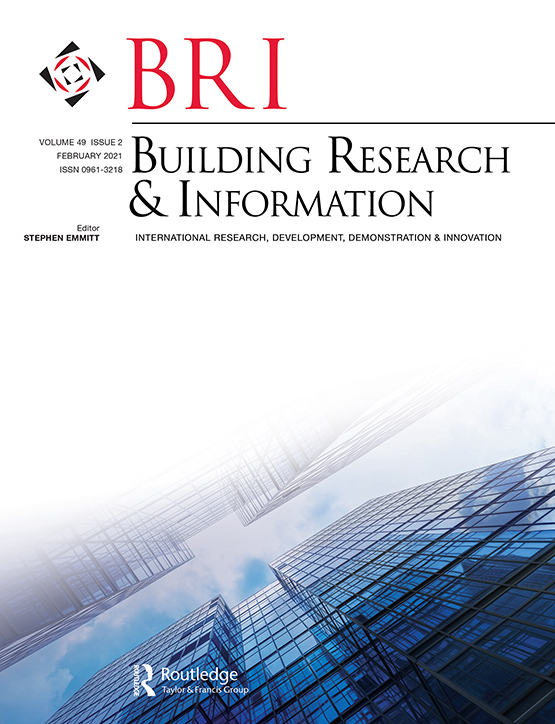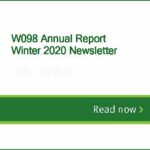Transition to sustainable models is one of the most pressing global challenges of businesses in many industries, if not the most. Among such sustainable transitions, the transition to a circular economy offers solutions to further develop and improve sustainability frameworks from both material and system perspectives. Having been dominated by linear (take-make-dispose) model of production and consumption for so long, the built environment is one of the world’s largest consumers of resources and raw materials, and a major producer of waste and carbon emissions. Various government and industry reports already point out to the tremendous opportunities for businesses, governments and cities through the adoption of circular economy approaches in a high growth, high waste sector like the built environment. Ellen McArthur Foundation defines the three core principles of circular economy as: Designing out waste and pollution, keeping products and materials in use, and regenerating natural systems. The adoption of these principles in the Built Environment through the use of new technologies, business models, and partnerships require the application of systems thinking and a radical transformation of the ways we design, build, operate and maintain our built assets. Moving all relevant stakeholders towards a circular economy also involves fundamental changes in industrial ecosystems and a systemic redesign of business models, supply chains, production processes, products development, and consumption patterns.
Although the field has observed a growing awareness in recent years, there is no explicit formula as to how to develop, finance, procure, design, construct, operate, maintain, and repurpose services and assets to enable the desired transition. The application of circular strategies in the built environment present various challenges as well as tremendous opportunities for interdisciplinary research and cross-sector innovation.
This special issue of Building Research & Information is the first to provide a holistic and transdisciplinary manifesto specifically devoted to attracting the disparate efforts of research and on the Circular Transition of the Built Environment. The motivation for this Special Issue is to provide an international platform to showcase world-leading thinking, methods, and applications. We specifically welcome state-of-the-art research & practice which specifically address systemic challenges through transdisciplinary approaches. This special issue welcomes various submission types, including in-depth review articles, conceptual papers, empirical research, such as complex case studies and novel applications with solutions transferable/extendable to multiple domains. Articles that integrate a systems perspective are highly encouraged.
The scope of the issue covers, but is not limited to:
- Circular supply chains, business models and design strategies
- Integration of data-driven intelligent technologies into circular supply chains
- Pathways to circular transition including governmental policies, regulations, and incentives
- System-based models of circular built environment applied in neighbourhoods, suburbs, towns and city ecosystems
- Meta-models of inter-organisational cooperation and cross-sector partnerships to support circular transition
- Circular transition through socio-technical, socio-ecological and socio-economic perspectives
- Circular change management at project, organisation and industry levels.
Submission Instructions
All submissions should comply with the regular criteria of Building Research & Information in terms of the rigorous standard of originality, writing structure, and references.
Prospective authors may wish to contact the guest editors with drafts for an early feedback on possible matching of the special issue’s topics and themes.
Proposed Time Frame:
Proposed Time Frame:
September 2022: Special Issue call published on homepage
31st May 2022: Submission Deadline (could be extended depending on the number and quality of submissions).
31st October 2022: Special Issue running order sent to Production – Volume 51:1 (2023)




